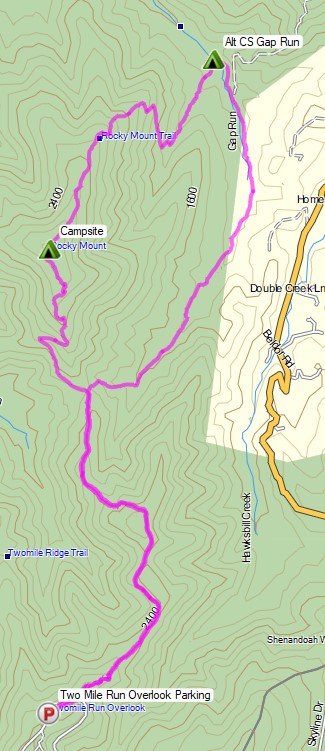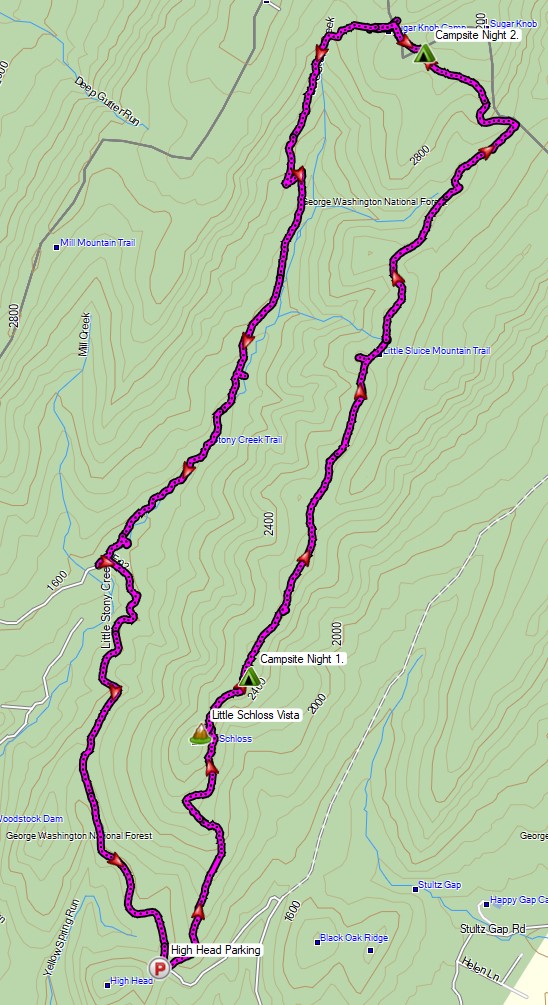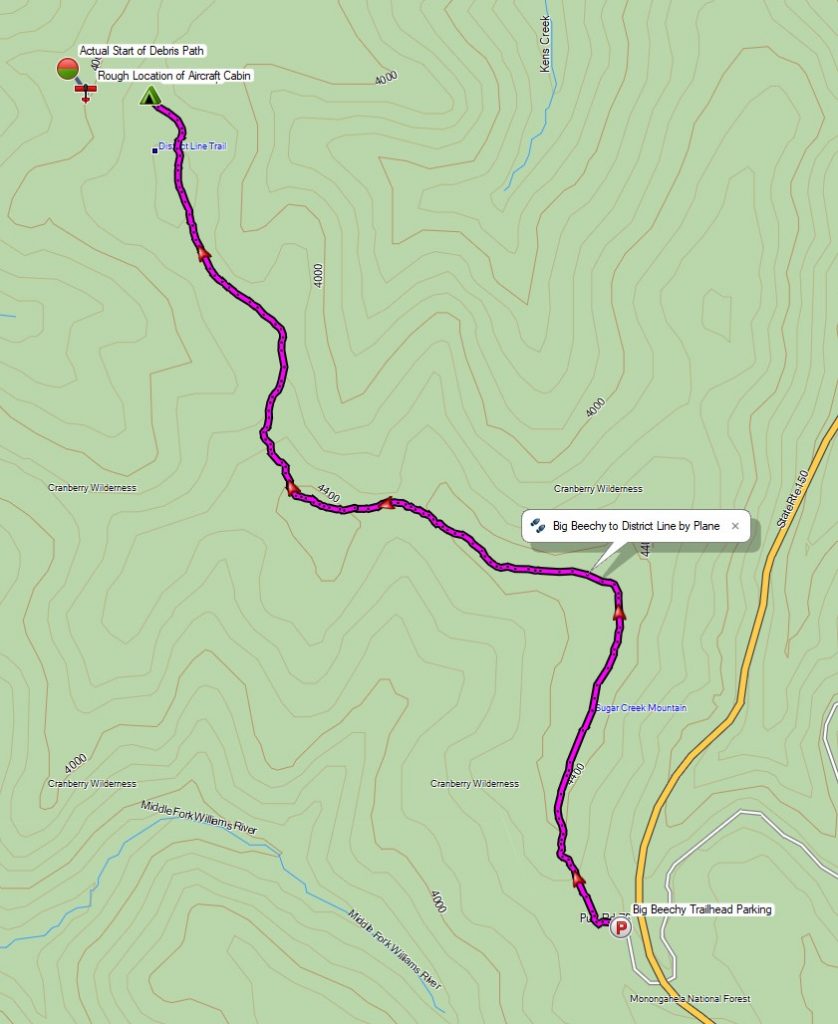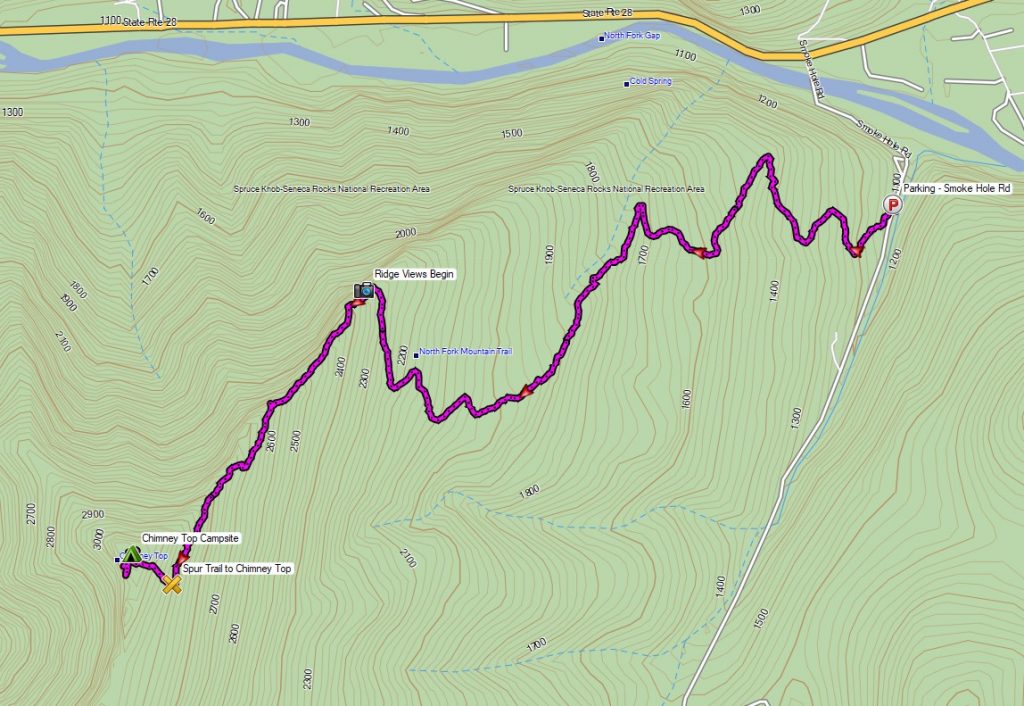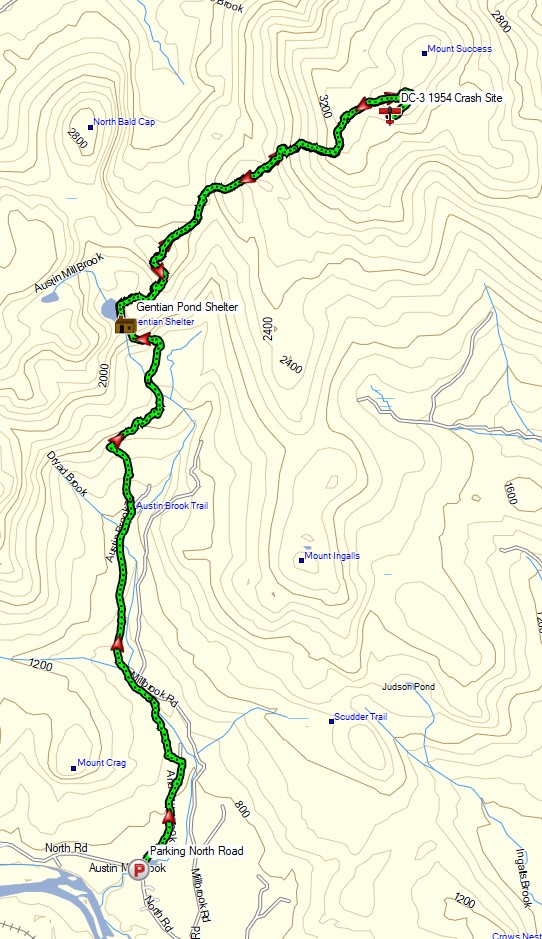Backpacking, Camping in the Rain, and Trail Cooking in Virginia’s Shenandoah National Park.
FTC Disclosure: This post contains affiliate links, which means I may receive a commission for purchases made through some of my links.
For this overnight backpacking trip, Sara, Denali and I decided to do some early spring camping on the Shenandoah’s Rocky Mount Trail and Gap Run trail. Combining the two would create a roughly 10 mile backpacking loop with sweeping mountain views on the first day, and peaceful babbling brooks on the second.
We had our dog with us on this trip, so we returned to using our budget tent to keep the group together. The weather on day one had a 100% chance of rain, so I also brought along a huge tarp to give us a common area with a view of the impending storm without being stuck inside the tent the whole afternoon. More details on our gear can be found at the bottom of this post.
Off course all of this would depend on whether or not we could find Sara’s elusive secret camping spot before the rain began to really come down…
There is an entrance fee for Shenandoah National Park to access Skyline drive. Backcountry camping is free, but you need to self register for a permit at the entrance station. You can find more information on the official SNP website here.
Full GPS track data, including campsites, water sources, etc, for this trip and many others can be downloaded on my Trip Data Page.

